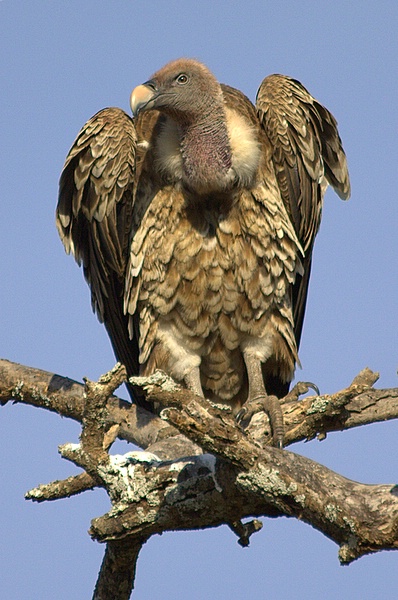Facts About Rüppell's Vulture
Rüppell's vulture, also known as Rüppell's griffon vulture, is an intriguing bird native to the Sahel region of central Africa. Sadly, their populations are in decline, with only about 22,000 remaining primarily due to habitat loss and poisoning. These vultures are renowned for their ability to soar at extraordinary altitudes, earning them the distinction of being the highest-flying birds.
Rüppell's vultures inhabit grasslands, mountains, and woodlands throughout the Sahel. They are gregarious birds that tend to congregate in large flocks, whether roosting, nesting, or feeding. Their bodies are specifically adapted to their carrion-based diet, featuring robust builds and tongues equipped with backward-pointing spikes to aid in extracting meat from bones.
For mating, Rüppell's vultures are monogamous, forming lifelong pair bonds. They construct their nests on cliffs and collaborate to rear their offspring. Regrettably, these vultures are classified as "Critically Endangered" on the IUCN Red List. Their numbers have been in steady decline since the late 1980s due to habitat destruction, poisoning, and use in traditional medicine.
Conservation efforts are underway to protect these vultures, including the establishment of protected areas and the regulation of international trade under CITES. These initiatives are vital for the survival of the species. While their total population is estimated to be around 22,000, specific groups can be found in countries such as Tanzania, Kenya, Ethiopia, Sudan, and various parts of West Africa. Interestingly, since the early 1990s, some Rüppell's vultures have even been observed as far away as Spain and Portugal.

 Rwanda
Rwanda